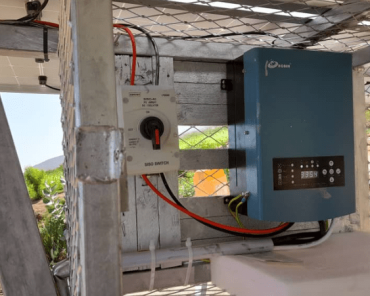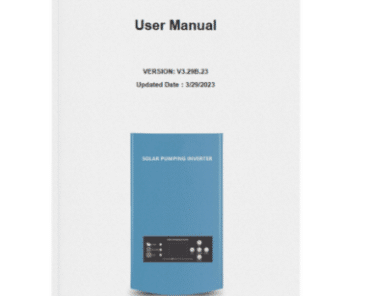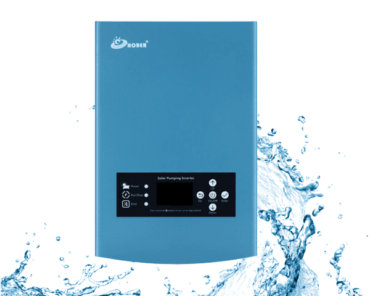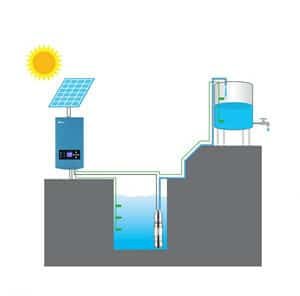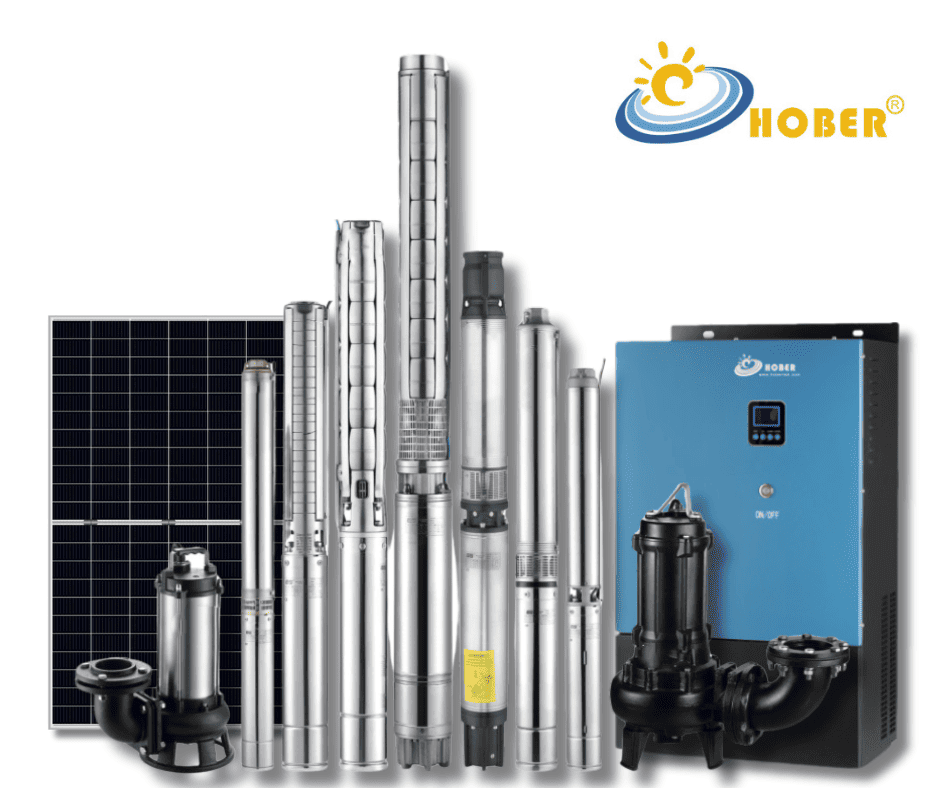The adoption of solar water pump inverters is on the rise, revolutionizing the way we harness renewable energy for water supply. But like any sophisticated technology, it comes with its own set of challenges.
So, what should you be keenly aware of when installing these inverters? For seasoned and newbie installers alike, understanding the nuances of wiring, safety measures, and optimal working conditions is not just optional—it’s crucial.
Let’s dive right in so you can make the most of your investment and sidestep the pitfalls.
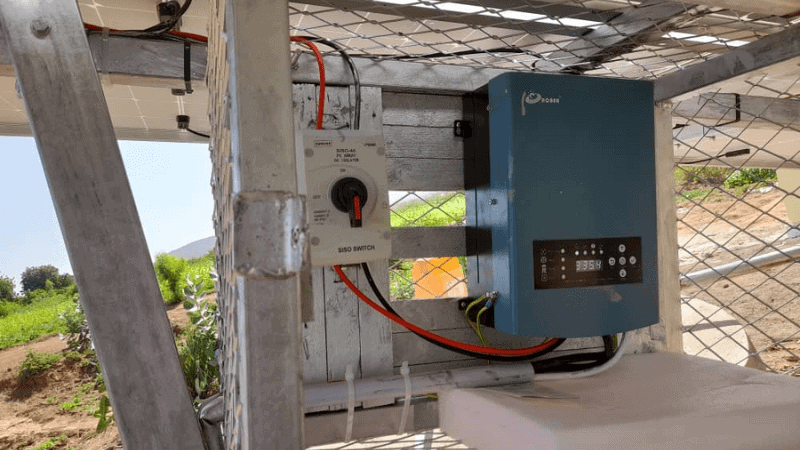
What’s the Deal with Wiring?
You wouldn’t hand a toddler a pair of scissors, would you? Similarly, wiring should be tackled by qualified personnel only. This isn’t a DIY task; it’s a specialized job that requires knowledge and expertise.
Moreover, all wires connected to the device must be securely wrapped with electrical tape. This ensures not only a stable connection but also prevents any potential electrical hazards.
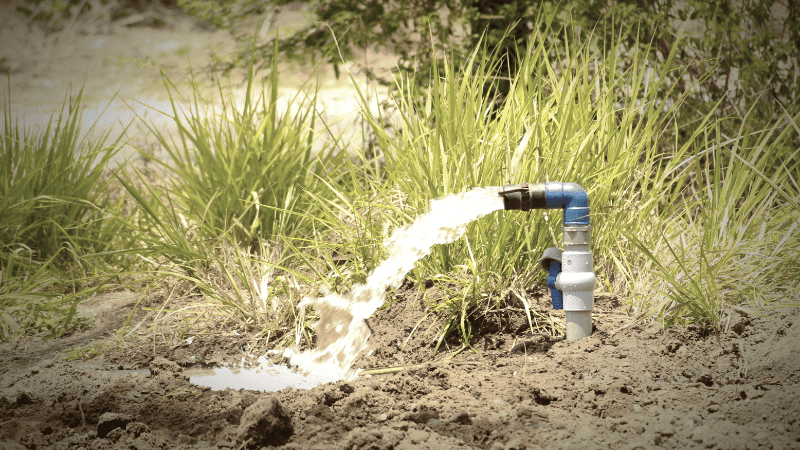
Is Disassembling a No-No?
Absolutely, yes! Under no circumstances should the device be disassembled or its internal parts touched without professional guidance. This isn’t your average household gadget—it’s a complex device with intricate parts.
And please, for the love of all things electrical, no maintenance should be performed when the device is powered on. I can’t stress this enough.
What About the Installation Location?
Another imperative consideration is the installation location. The device is not a fan of direct sunlight, thick dust, corrosive gas or oil mist, and flammable gas or liquid.
The inverter should also be installed vertically to ensure good convection cooling effects. And let’s not forget the height—it should be over 1.1m from the ground.
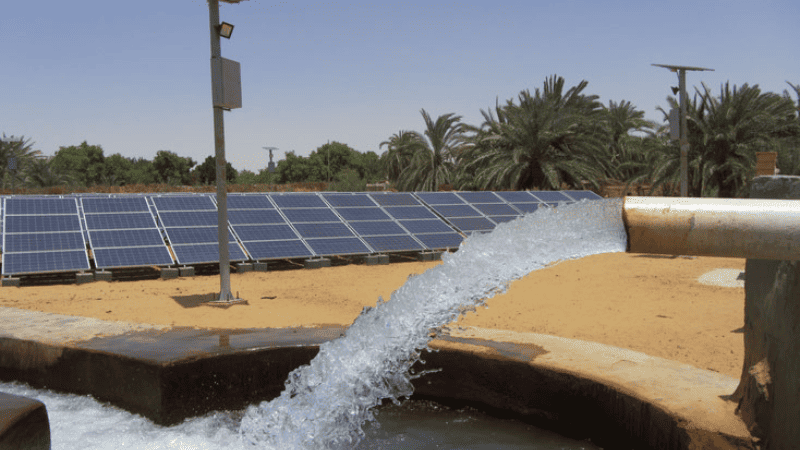
How Does Temperature and Humidity Affect the Device?
The ambient temperature should be within the range of -20℃ to +60℃. If the temperature exceeds 45℃, make sure the inverter is well-ventilated, and its backside should be covered to ensure the air from the fan outputs from the top of the inverter.
Relative humidity should be maintained between 15% and 95% RH. Both temperature and humidity directly influence the durability and reliability of the device.
Are There Specific Devices the Inverter Can Control?
Indeed, the inverter is designed to control three-phase AC asynchronous motors, resistor heaters, aerators, and fans. Additionally, if the output water flow is small, consider exchanging any two wires of U, V, W.
Conclusion
In a nutshell, installing a solar water pump inverter is not a walk in the park. It’s a meticulous process that requires attention to detail, from wiring to the installation environment. Qualified personnel should handle the installation, and specific conditions like temperature and humidity must be met to ensure the device’s longevity. So, follow these guidelines, and you’ll be well on your way to a successful, efficient, and safe installation.

](https://hobertek.com/wp-content/uploads/2025/03/solar-pump-inverter-for-irrigation-efficient-water-pumping-solution-370x296.png)
